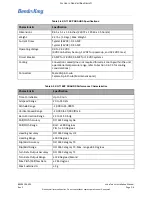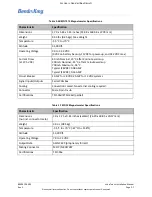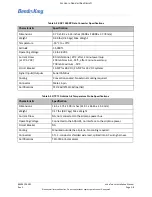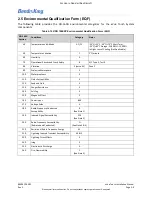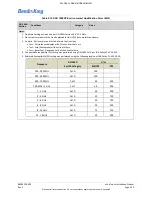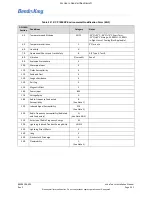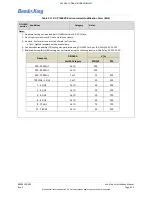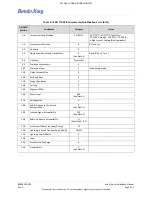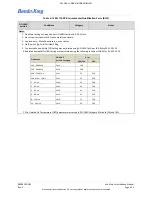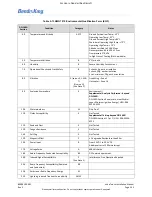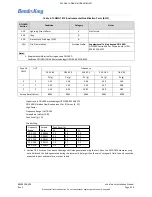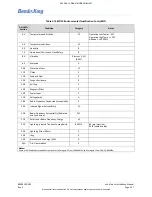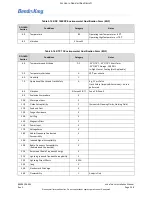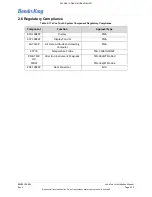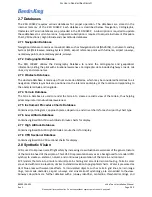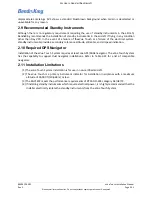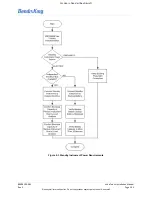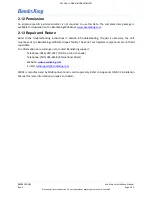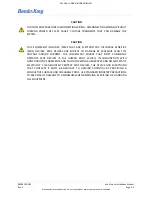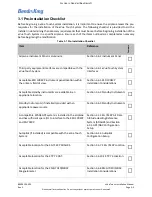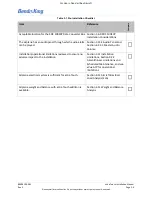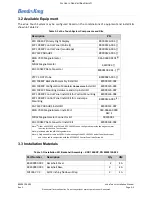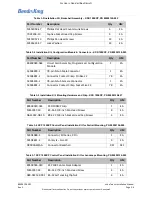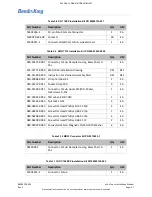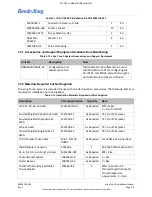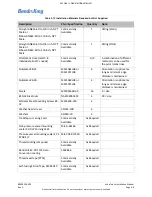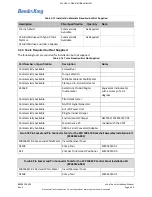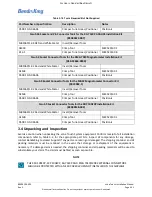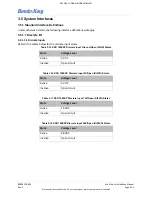
89000109-002
xVue Touch Installation Manual
Rev 2
Page 2-20
© Honeywell International Inc. Do not copy without express permission of Honeywell.
For Use in Non-Certified Aircraft
2.7 Databases
The KSD 100EXP requires various databases for proper operation. The databases are stored in the
internal memory of the KSD 100EXP. Each database is described below. Navigation, Cartographic,
Obstacle and Terrain databases are preloaded in the KSD 100EXP. A subscription is required to update
these databases to current versions. A separate subscription is required to acquire Instrument Procedure
Chart, VFR Sectional, High Altitude and Low Altitude databases
2.7.1 Navigation Database
Navigation database contains aeronautical data such as Navigational Aids (NAVAIDs), Instrument Landing
System (ILS)/Microwave Landing System (MLS), airport reference point with full name, airport runways,
named waypoints, unnamed waypoints, airways.
2.7.2 Cartographic Database
The KSD 100EXP utilizes the Cartography Database to render the cartographic and geopolitical
information, aiding the pilot with situational awareness. Cartographic data includes highways, roads, rail
lines, city and state names.
2.7.3 Obstacle Database
The obstacle database is made up of human-made obstacles, which may be considered hazardous to air
navigation. Obstacle symbols are positioned on the lateral map display, at the location corresponding to
the obstacle latitude and longitude.
2.7.4 Terrain Database
The Terrain Database is used to render the terrain to create a realistic view of the terrain, thus helping
pilots acquire terrain situational awareness.
2.7.5 Instrument Procedure Charts Database
Contains airport diagrams, approach plates, departure, and arrival charts for each airport by chart type.
2.7.6 Low Altitude Database
Contains digitized FAA IFR Low Altitude Enroute charts for display.
2.7.7 High Altitude Database
Contains digitized FAA IFR High Altitude Enroute charts for display.
2.7.8 VFR Sectional Database
Contains digitized FAA VFR sectional charts for display.
2.8 Synthetic Vision
SVS is used to improve overall flight safety by increasing crew situational awareness of the general nature
of the terrain ahead of the airplane. This SVS 3D representation serves as a background for standard PFD
symbols to create an ambient, natural, and continuous presentation of the terrain environment.
SVS renders the terrain to simulate natural terrain shading and accent terrain contouring. Terrain colors
are varied with terrain elevation, similar to standard aviation topographical charts. Water is presented as
dark blue areas with water-like effects. Terrain-related objects, such as terrain grid lines, terrain range
rings, man-made obstacles, airport runways, and arrival airport symbology, are also added to the view.
Runways depictions are further detailed with a runway identifier, centerline, threshold markings, and

